"The process of withdrawing all personnel, weapons and equipment of the Russian peacekeeping force was completed on June 12," AFP quoted information from the Azerbaijani Ministry of Defense.
The withdrawal began in April, with an agreement between Russian President Vladimir Putin and Azerbaijani President Ilham Aliyev. Azerbaijani forces had previously seized control of the area from Armenian separatists following an offensive in September 2023.
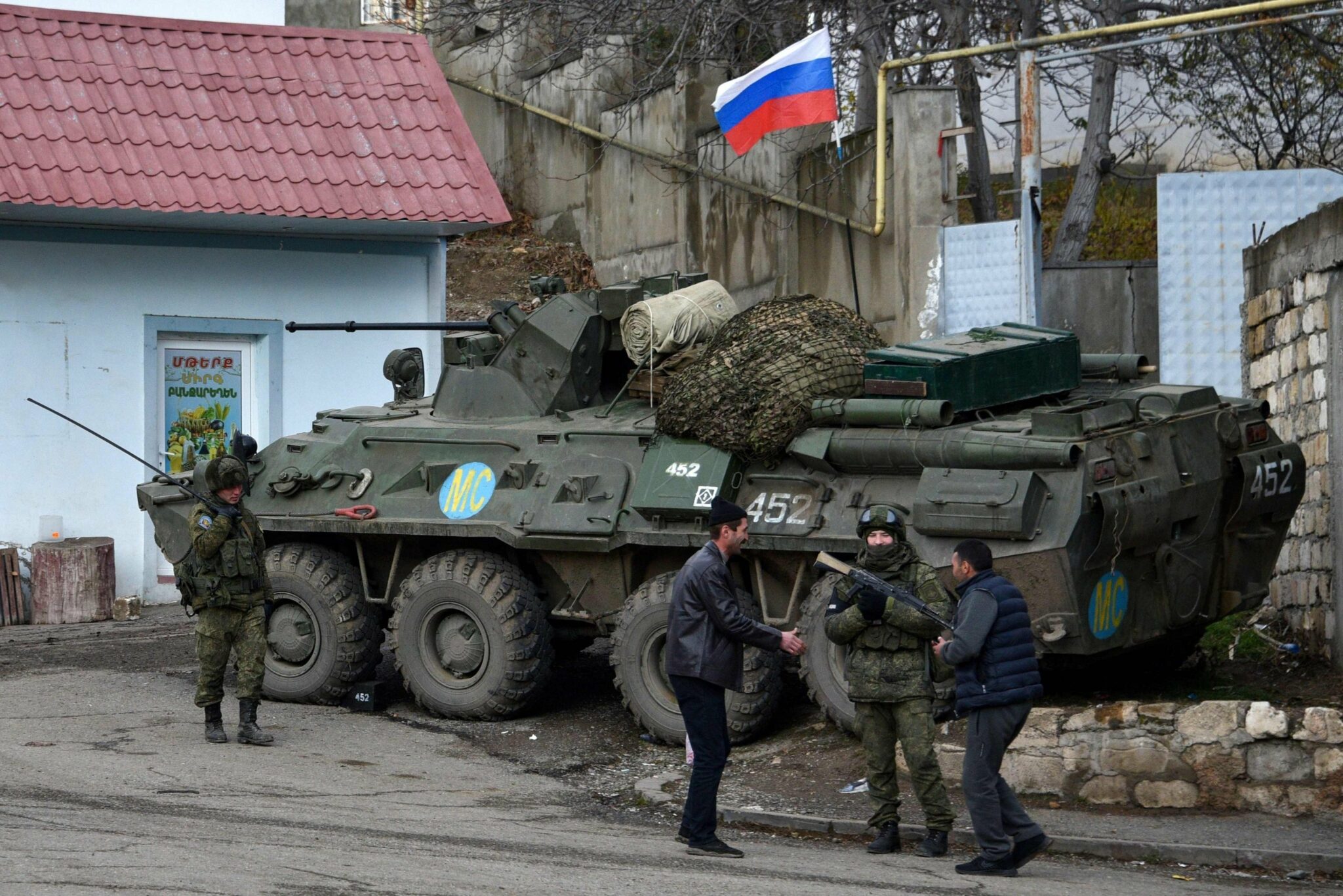
Russian military soldiers and armored vehicles in the Nagorno-Karabakh region
The Armenia-Azerbaijan conflict broke out in 2020, killing thousands. Yereven and Baku agreed in November 2020 to sign a ceasefire agreement brokered by Russia, under which Moscow will send nearly 2,000 peacekeepers to Nagorno-Karabakh to monitor the ceasefire. The original plan was for Russian forces to stay in the region until 2025, but the conflict in Ukraine is believed to be the reason Moscow withdrew its troops earlier than scheduled.
Nagorno-Karabakh is internationally recognized as part of Azerbaijan, despite its ethnic Armenian population, and has been controlled by pro-Armenian separatists for nearly three decades.
The Armenia-Azerbaijan conflict has fractured the long-standing alliance between Yerevan and Moscow, with Armenia accusing the Kremlin of failing to protect the country from security threats from Azerbaijan.
After losing Nagorno-Karabakh, Armenia sought to establish new security alliances by strengthening relations with the West.
In May, Armenia returned to Azerbaijan four villages along the border it had seized since the 1990s. The move, which Armenian Prime Minister Nikol Pashinyan saw as a basis for reaching a full peace deal with Baku, sparked a wave of protests at home.
Source: https://thanhnien.vn/nga-rut-toan-bo-luc-luong-gin-giu-hoa-binh-khoi-nagorno-karabakh-185240612223242498.htm


![[Photo] Keep your warehouse safe in all situations](https://vphoto.vietnam.vn/thumb/1200x675/vietnam/resource/IMAGE/2025/10/1/3eb4eceafe68497989865e7faa4e4d0e)
![[Photo] Hanoi morning of October 1: Prolonged flooding, people wade to work](https://vphoto.vietnam.vn/thumb/1200x675/vietnam/resource/IMAGE/2025/10/1/189be28938e3493fa26b2938efa2059e)



![[Photo] President of the Cuban National Assembly visits President Ho Chi Minh's Mausoleum](https://vphoto.vietnam.vn/thumb/1200x675/vietnam/resource/IMAGE/2025/10/1/39f1142310fc4dae9e3de4fcc9ac2ed0)




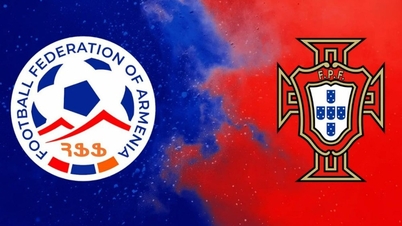









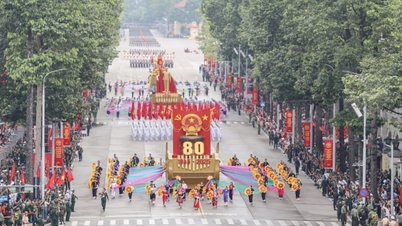
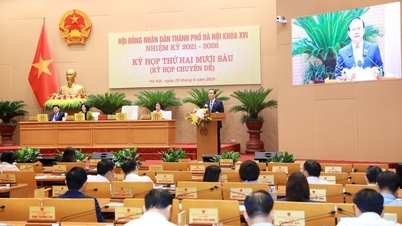

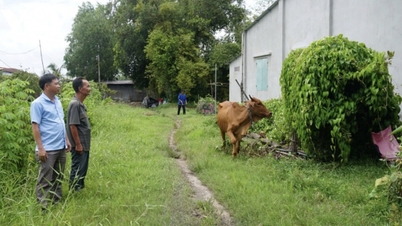




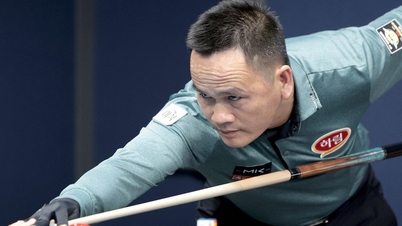

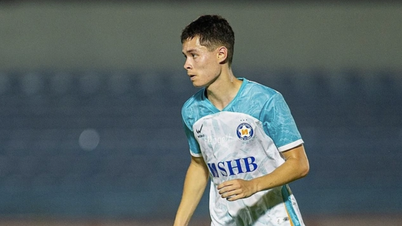

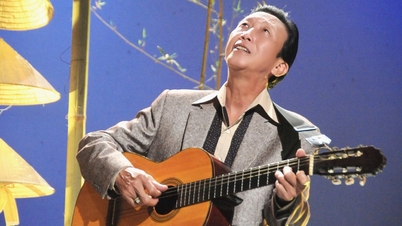
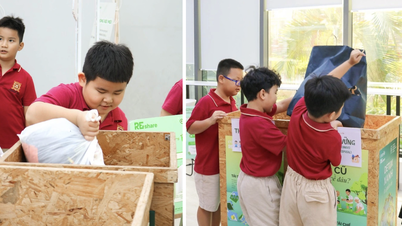

































































Comment (0)